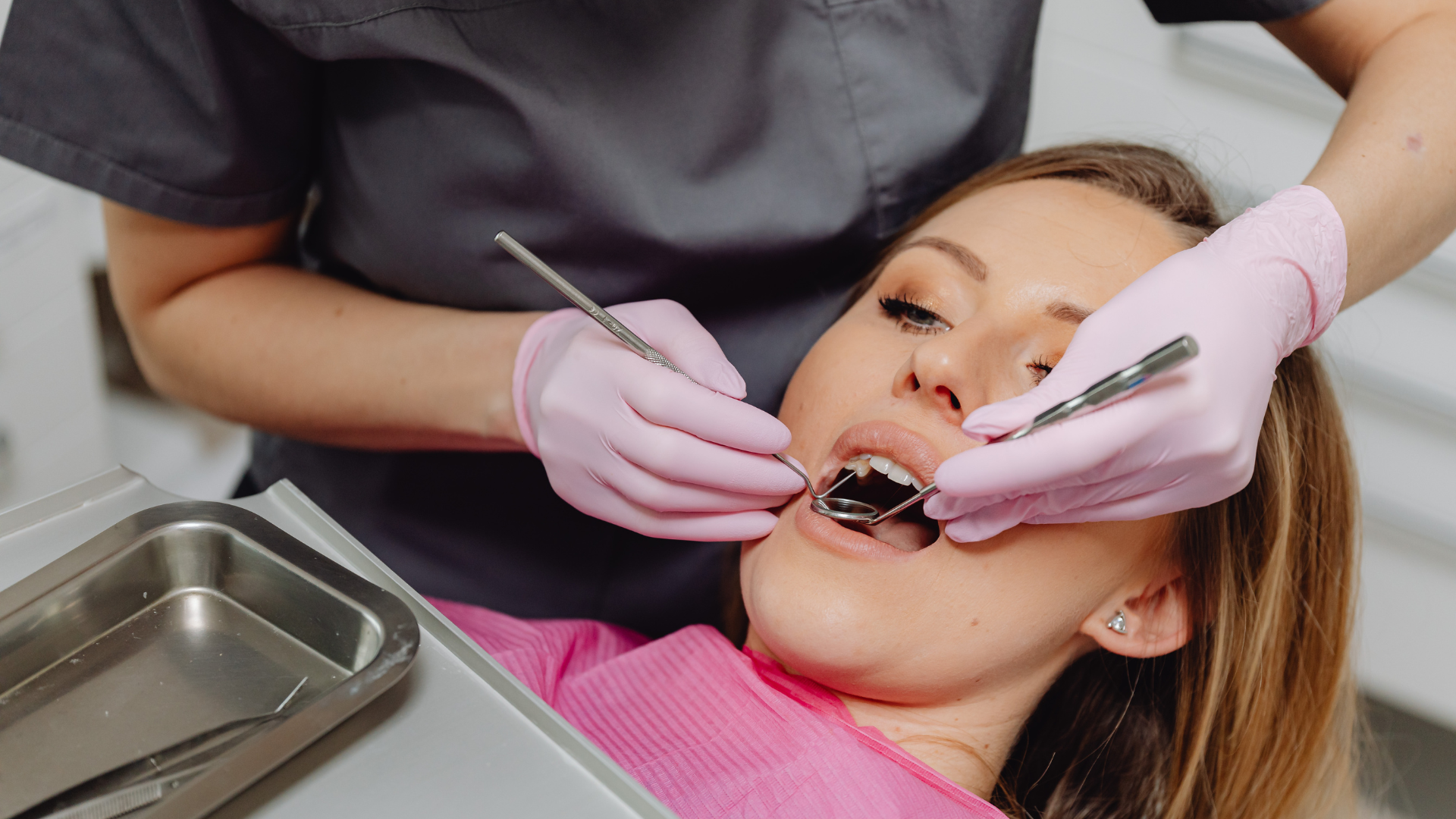ClearCorrect
ClearCorrect
ClearCorrect is a clear aligner system used to straighten teeth as an alternative to traditional metal braces. ClearCorrect straightens teeth using a series of clear, custom-made, removable aligners that gradually move teeth a little bit at a time, eventually correcting the teeth and smile to elicit a new, revitalized look.
How Does It Work?
ClearCorrect aligners are created using 3D computer imaging technology, which allows the dentist or orthodontist to show patients the overall goals of the ClearCorrect treatment period. The 3D software visually shows the changes that clear braces should make to the patient's teeth over the course of treatment. This ClearCorrect software is then used to design an individualized series of custom made aligners.
ClearCorrect treatment usually involves four phases of aligner therapy. Each phase requires a new set of aligners that are meant to be worn for a three-week period. The time between each phase allows for control and flexibility.
ClearCorrect aligners are worn all the time, except when eating and drinking, or while brushing and flossing. Designed with aesthetics in mind, the aligners are barely noticeable and shouldn't have an impact on your daily routine.
After wearing each aligner set, results should be noticeable as your teeth begin to slowly adjust and align to your desired smile. Periodic check-ups with your dentist are required so your progress can be evaluated before receiving the next set of aligners. This sequence will continue until you have achieved your new smile.
Who Can Use ClearCorrect?
ClearCorrect is currently available to treat adults and teenagers. Children who might not have all of their molars and more senior patients, who might present with more complicated dental cases, also may be candidates for ClearCorrect, but should consult with a dentist to determine the treatment option that best suits their needs.
ClearCorrect can be used to treat the following orthodontic conditions:
- Crowded teeth
- Spacing between teeth
- Overbites
- Underbites
- Crooked or turned (rotated) teeth
Why ClearCorrect Aligners?
To correct crooked, crowded, or protruding teeth or a "poor bite", a growing number of patients and doctors prefer clear aligners to traditional wires and brackets, due to advantages such as:
- Nearly-invisible appliances
- No dietary restrictions
- No obstructions to flossing or brushing
- Controlled single-tooth movement
- Remote monitoring options
Getting Started
Only a dentist can determine if ClearCorrect is the right orthodontic treatment option for you. Make an appointment with one of our dentists today to determine the best option to meet your specific treatment needs.




